EV Products Recognized for Lightweighting Efforts
NEWS
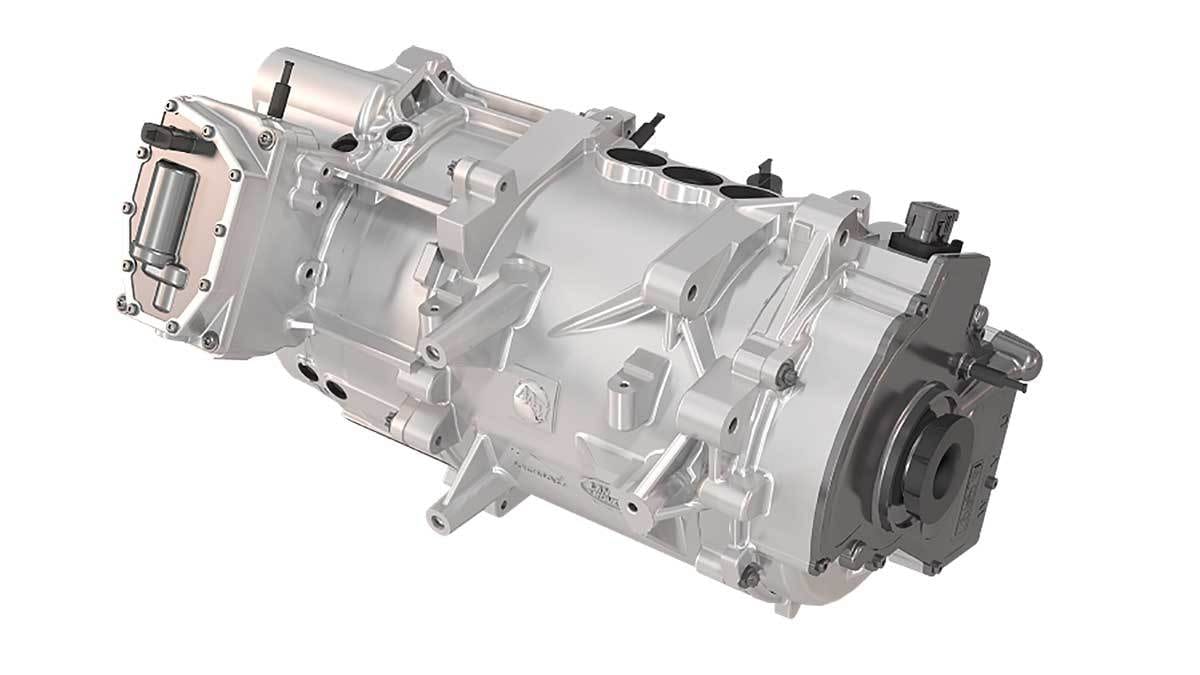
TROY, MI—Recipients of the 9th annual Altair Enlighten Award include several applications related to electric vehicles. Presented in partnership with the Center for Automotive Research (CAR), the award recognizes the automotive industry’s most impressive sustainable engineering initiatives, focusing on lightweighting and the use of innovative materials, technologies and techniques to cut CO2 emissions.
“Lightweighting is central to the quest for greater fuel economy and electrification, which in turn is vital to the future of the whole sector,” says Carla Bailo, president and CEO of CAR.
Electric vehicle applications honored for their lightweighting efforts include:
Ford Motor Co.—2021 Mustang Mach-E. “The all-electric Ford Mustang Mach-E emits zero CO2 while driving, and its sustainable credentials are further supported by a 100 percent vegan interior that eliminates the use of animal products,” explains Bailo.
Dura Automotive Systems—Modular EV Battery Tray. “A modular and scalable design that can be tailored to multiple platforms and vehicles of all types and sizes, the Dura modular EV battery tray delivers a 10 percent weight savings over the surrogate design and a reduction in CO2 emissions of 3.8 tons over the program life,” Bailo points out.
American Axle & Manufacturing (AAM)—Electric Drive Unit (eDU). “AAM’s eDU [see photo above] saves more than 25 percent in mass compared to similar units on the market,” notes Bailo. “Integrating the electric motor, gearbox and inverter in a compact package, it also demonstrates a higher power-to-weight ratio than competitor products.”
AAM is committed to advancing lightweighting and sustainability objectives in all of our product, process and systems technologies,” adds David Dauch, chairman and CEO of AAM. “We are honored to receive the Altair Enlighten Award for an innovation that is so important to the future of AAM and the global automotive industry.
“The next-generation eDU…delivers significant weight reduction when compared to other similar units, without sacrificing any power or performance,” claims Dauch. “[It] is compact and scalable for use in any global vehicle segment, from the smallest microcar to the largest SUV or pickup truck application.
“[Our] engineering team is innovative, creative and laser focused on developing superior electric drive technology,” says Dauch. “Our newest system is significantly lighter than the competition, but still provides unparalleled performance and power. We are very excited about the opportunity we have to help our customers improve the efficiency and appeal of their electric vehicles with this ground-breaking technology.”
European Union to Ban ICE Vehicles in 2035
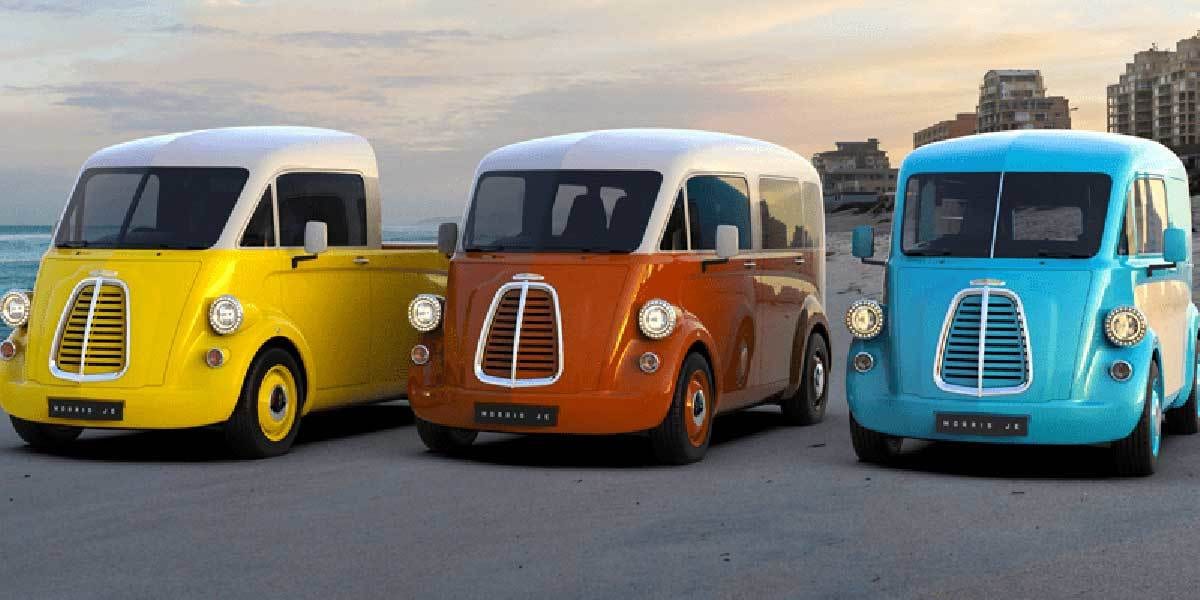
BRUSSELS—The European Union plans to ban the sale of internal combustion engine (ICE) vehicles in 2025. It is part of an ambitious effort to spur the use of electric vehicles.
The European Commission has proposed a 55 percent cut in CO2 emissions from cars by 2030 vs. 2021 levels, which is much higher than the existing target of 37.5 percent. It has also mandated a 100 percent cut in CO2 emissions by 2035, which would make it impossible to sell new ICE vehicles in 27 European countries. To further boost sales of EVs, the EU has also proposed legislation that would require countries to install public charging points no more than 37 miles apart on major roads by 2025.
In addition, the Spanish government has announced that it will invest $5.1 billion to promote the production of EV vehicles and components. After Germany, Spain is Europe’s second-largest auto producer and the world’s eighth biggest.
Canada Aims to Be Hot Spot for AV Testing
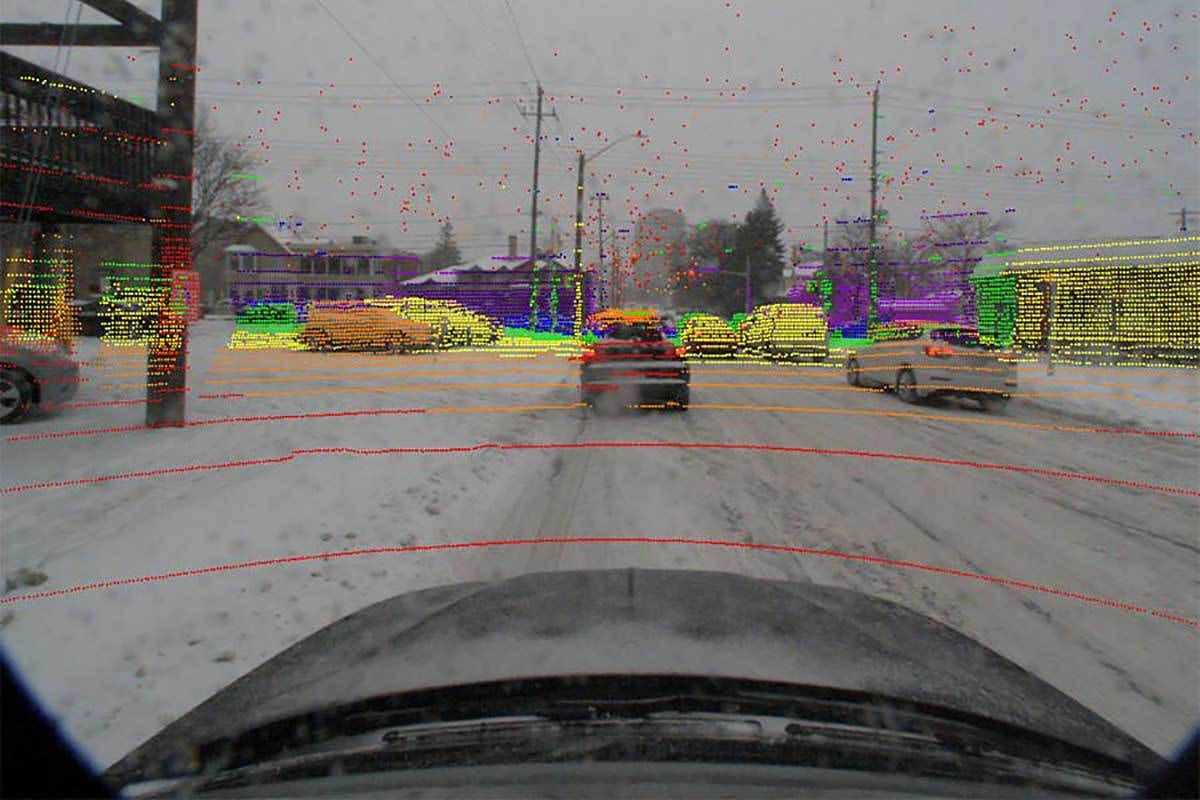
TORONTO—Traditionally, most autonomous vehicles have been tested in warm-weather locales, such as Arizona, California and Texas. But, a new initiative at the University of Toronto aims to make Canada a hot spot for testing AVs in wintry conditions.
WinTOR: Autonomous Driving in Adverse Conditions is a new collaboration that hopes to transform Ontario into a global hub for R&D related to autonomous driving in winter. Corporate partners in the effort include General Motors and LG Electronics.
“Winter conditions aggravate the remaining challenges in autonomous driving,” explains Steven Waslander, an associate professor at the Institute for Aerospace Studies at the University of Toronto. “Reduced visibility limits perception performance, and slippery road surfaces are a big challenge for vehicle control.”
To drive safely in all conditions, including winter, Waslander says AVs need to fully observe their surroundings, despite limits to their sensor range, to get advanced warning of challenging situations and to react quickly to changing conditions.
Last year, Waslander and his colleagues published the Canadian Adverse Driving Conditions dataset. Created using the Autonomoose, a self-driving vehicle designed by Waslander and his team, the open-source data record real winter driving conditions on roads in southwestern Ontario. The data is already being used by researchers from around the world to train new AI software.
The WinTOR project is divided into three broad themes:
Sensor filtering for object detection. New ways of analyzing the data from sensors, such as visual cameras, radar and lidar, will help to separate the signals that represent real objects from the noise caused by falling or blowing snow. Strategies will include both preprocessing techniques and improved artificial intelligence algorithms trained to be aware of the limits of their own performance.
Sensor fusion, localization and tracking. While today’s self-driving cars can reliably determine where they are in relation to their surroundings, the techniques they use begin to break down under adverse driving conditions. The engineers will leverage new algorithmic strategies in vision and lidar registration, as well as new sensing options, such as ground-penetrating and automotive radar, to make localization algorithms more resilient in adverse conditions.
Prediction, planning and control. AVs will need to change the way they drive in response to winter hazards. For example, they might take a slightly different path to avoid a snowdrift or slow down when driving over a section of road that their sensors have perceived as particularly slippery. They will learn the implications of adverse weather on the vehicles around them and be able to assess the increased uncertainty of outcomes, enabling them to plan actions that can be executed reliably in winter conditions.
ASSEMBLY Show to Feature EV Manufacturing Workshop
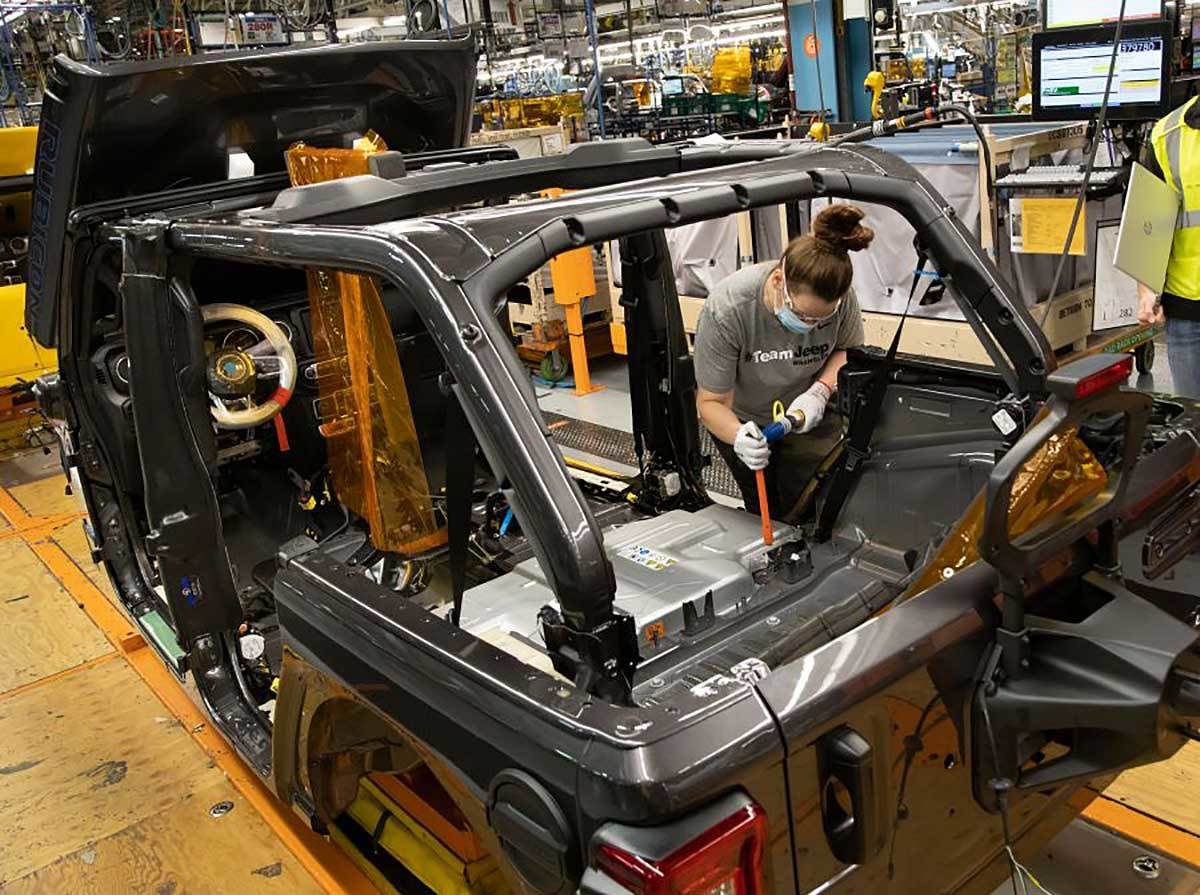
ROSEMONT, IL—The 9th annual ASSEMBLY Show (Oct. 26-28) will feature a special workshop focused on electric vehicle manufacturing. “Electric Vehicle Assembly: Challenges & Opportunities,” on Oct. 26, will discuss the important role that assembly tools and techniques play in the mass-production of EV batteries, motor and other components.
Panelists will include Thomas Parker, automotive market sales manager at Inficon Inc., who will discuss Battery Leak Testing; Neil Dueweke, vice president, FANUC America Corp., who will discuss How Robots Are Helping the EV Market Grow at a Rapid Pace; and Tim Frech, senior engineer at EWI, who will talk about Connecting Batteries and Cells to Tabs and Busbars with Pulsed Arc Welding.
Additional workshops later in the day will cover “Fastening & Joining: New & Alternative Methods” and “Robotics Assembly: Beyond the Basics.”
Sudhanshu Gaur, chief architect for smart manufacturing at Hitachi Astemo, will deliver a keynote speech on Oct. 27. The event will also include the presentation of the 18th annual Assembly Plant of the Year award.
The 9th Annual ASSEMBLY Show will bring together thousands of industry professionals with hundreds of exhibiting companies providing manufacturing engineers and managers the opportunity to uncover new resources, experience equipment hands-on, evaluate the latest technologies and products, and connect face-to-face with industry experts. Attendees will have access to an expansive exhibit hall, providing the perfect opportunity to meet with exhibitors.
Registration is now open for the EV workshop and for the entire event. For more information, click www.theassemblyshow.com.
New System Tests EV Power Electronics

HOLZKIRCHEN, Germany—Bosch has developed a new way for engineers to test power electronics used in electric vehicles. The high-voltage lab rig (HVLR) integrates a high-voltage power supply and electronic safety functions for the circuit of the component under test in a portable control cabinet.
“Many power electronics [tests] can [now] be shifted from the test bench to the high-voltage laboratory,” says Andreas Nachreiner, head of product management for e-mobility at Bosch Engineering. “This frees up valuable bench capacity for other testing and validation tasks, thereby reducing development time and costs”
Because of its modular design, the test system can be flexibly adapted to individual customer requirements. For example, different voltage levels of up to 1,200 volts, as well as different communication interfaces, can be selected. Subsequent upgrading is possible as well.
The system is operated via a touch-screen display that provides a clear-cut overview of all operating parameters, such as status messages, information on system settings and any error warnings.
A key focus in the design of the high-voltage lab rig was safety in everyday test operations.
“In the laboratory, a large number of tests have to be carried out directly on the live components of power electronics,” explains Heinz-Georg Schmitz, director of mechatronic solutions at Bosch Engineering. “Any mistakes here are life-threatening. Our protection concept covers potential causes of accidents and reduces the risks when working on the high-voltage circuit.
“Another advantage is the protection of the test object from damage during testing,” says Schmitz. “This is particularly advantageous for prototype components that are only available in small quantities and where defects would lead to delays in the development process.”
The safety functions are implemented by a separate unit. The high-voltage safety box was developed in accordance with DIN EN ISO 13849 and offers isolation monitoring, an interlock circuit, integration into a laboratory emergency shut-off concept and a PLC interface that can be operated remotely.
John Deere Acquires Autonomous Tractor Startup
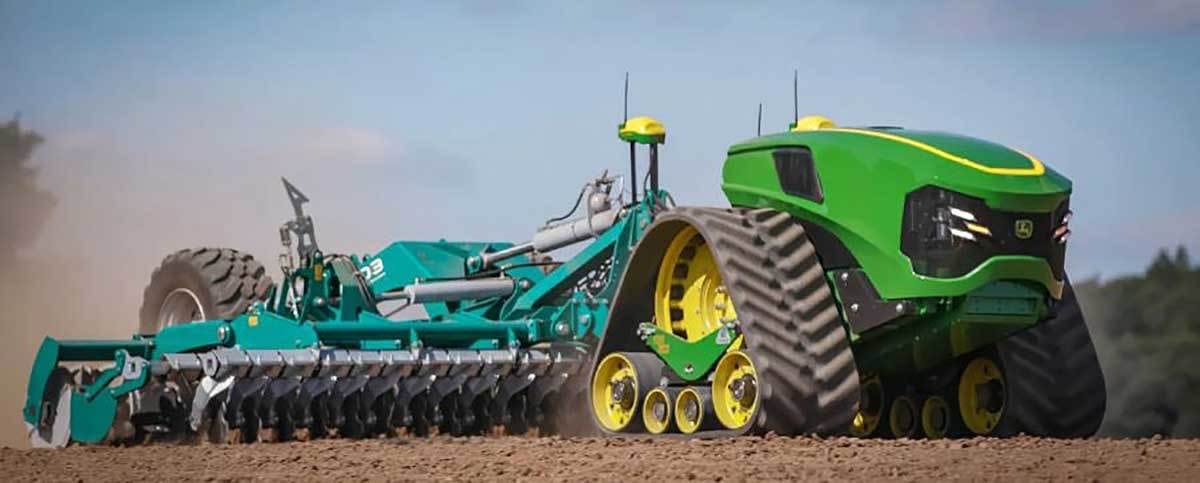
MOLINE, IL—Deere & Co. is acquiring Bear Flag Robotics Inc., an autonomous tractor startup based in Newark, CA. The four-year-old Silicon Valley firm specializes in unmanned driving technology compatible with existing machines.
The $250 acquisition accelerates the development of agricultural autonomy and supports Deere’s long-term strategy to create smarter machines with advanced technology to support individual customer needs. Four years ago, the farm equipment manufacturer acquired Blue River Technology Inc., a Sunnyvale, CA-based company that specializes in autonomous weed-spraying technology.
“[We view] autonomy as an important step forward in enabling farmers to leverage their resources strategically to feed the world and create more sustainable and profitable operations,” says Jahmy Hindman, chief technology officer at John Deere. “Bear Flag’s team of talented agriculture professionals, engineers and technologists have a proven ability to deliver advanced technology solutions to market.”
Deere first started working with Bear Flag in 2019 as part of its startup collaborator program. Since then, Bear Flag has successfully deployed its autonomous system on a limited number of farms in the United States.
“One of the biggest challenges farmers face today is the availability of skilled labor to execute time-sensitive operations that impact farming outcomes,” explains Igino Cafiero, CEO of Bear Flag Robotics. “Autonomy offers a safe and productive alternative to address that challenge head on.”
september 2021 | ASSEMBLYMAG.com

Scroll to
read full article
